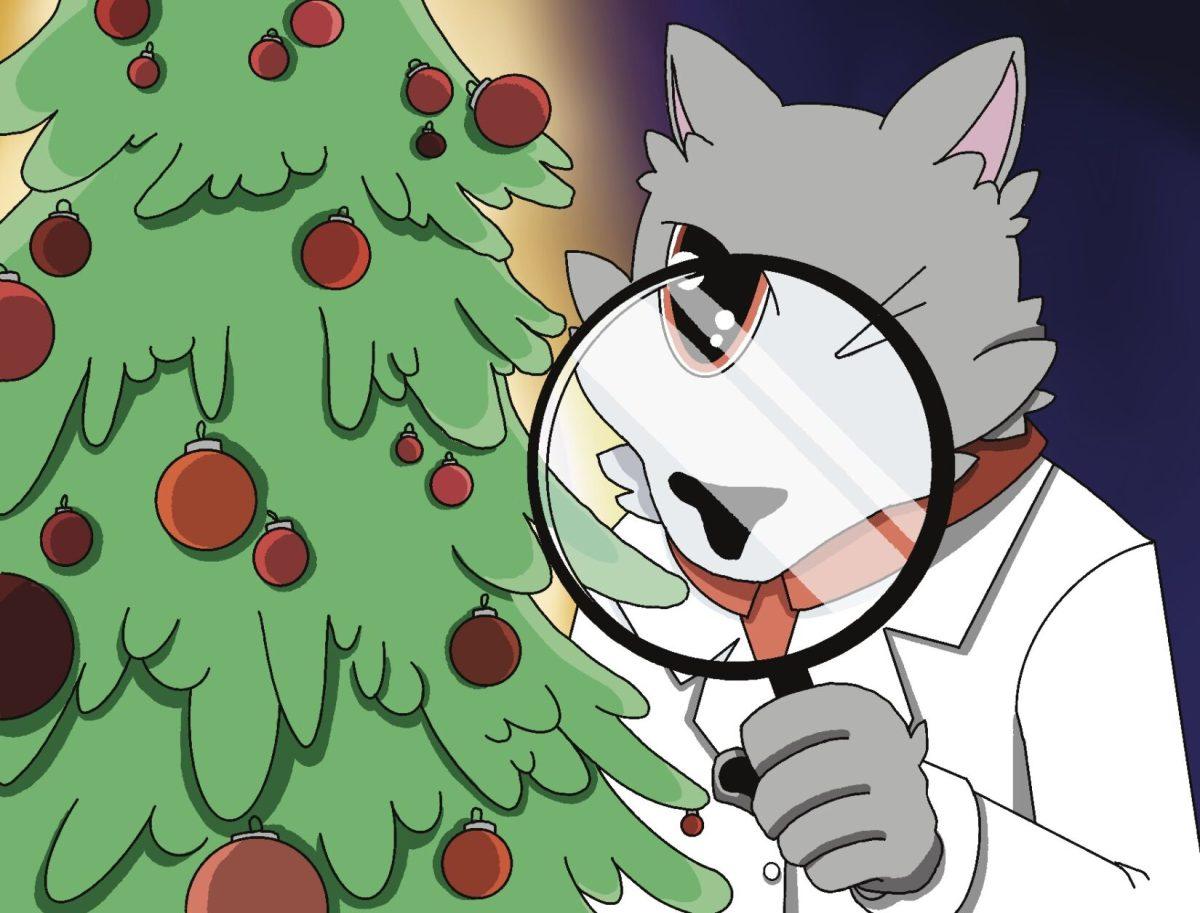North Carolina’s Christmas tree industry is facing mounting challenges, but NC State researchers are engineering hardier, more resilient trees.
Over 25% of Christmas trees in North America come from North Carolina and the state’s industry is valued between $250 to $400 million annually. Meanwhile, the greenery industry, which includes cuttings like wreaths and garlands, is valued between $75 million and $200 million annually.
Justin Whitehill, director of the NC State Christmas Tree Genetics Program and Extension, said Christmas trees are a large economic driver for North Carolina, especially in small, rural communities in the western part of the state.
“Our role is to assist the North Carolina Christmas tree industry by developing genetically improved trees that can withstand the challenges that the industry is facing,” Whitehill said.
Those challenges include climate change and the threats of insects and disease. They particularly affect the Fraser fir, the nation’s most popular Christmas tree, which is native to North Carolina and accounts for nearly all of the more than 3 million Christmas trees grown and sold annually in the state.
“We’re trying to develop and identify [Fraser fir] trees that perform better in warmer climates and also have insect and disease resistance naturally,” Whitehill said.
Whitehill said the Christmas Tree Genetics Program is also researching if it can develop those traits.
“To do that, we also have components in the lab where we’re focusing on different plant pathology problems, like the Phytophthora root,” Whitehill said.
The Phytophthora root is the biggest challenge to Fraser fir trees. It is a disease that spreads through water and, in some areas, kills 30% to 50% of Fraser firs.
“We’re trying to figure out how we can develop genetics that can withstand that disease,” Whitehill said. “We also have insect problems, and we’re trying to evaluate how we can develop genetics that can resist the different insects we work on.”
Whitehill said 12 to 14 people work in the Christmas tree lab, with more positions to come thanks to a new grant.
Whitehill said their traditional breeding has a lengthy process as the Fraser fir takes between 20 and 30 years before it produces seeds. Therefore, his lab combines traditional tree breeding approaches and combines them with more modern molecular approaches, which include the use of genomic information.
“Reading the DNA of the trees that we work with to understand how they work, and how we can basically predict how a tree is going to perform in the field … is one thing that we’re trying to do,” Whitehill said.
Whitehill said they are looking for trees that grow fast, are appealing, hang on to their needles after they’ve been harvested, perform better in warmer climates and have insect and disease resistance.
The laboratory is also researching other techniques to speed up the breeding and research process.
“We’re trying to see if we can use things like tissue culture to basically grow trees in a petri dish and try to accelerate their development using some different lab approaches and techniques,” Whitehill said. “If we can produce them in a petri dish and then move them into soil, we do not have to wait 30 years for the whole breeding process to occur.”
50% of Whitehill’s appointment is dedicated to research, with 30% of his work focused on NC State’s extension program, which is NC State’s largest outreach program and has local centers in every county in North Carolina.
“A lot of our tests are done on-farm, so we will design experiments that we then set up on a Christmas tree farm,” Whitehill said. “Usually, those are carried out by grad students in conjunction with county agents.”
Whitehill said the extension program bridges the gap between the fundamental basic research in the lab and the application of that research in the field.
Jamie Bookwalter, an extension specialist with NC State’s Christmas Tree Extension, said North Carolina is one of the biggest extension outreach centers in the country.
“My job description is such that I am able to be both in the field and behind the microscope,” Bookwalter said.
Bookwalter said she spent a lot of time in the field in May and June to test out products when chemical controls were applied and collect data from those projects a couple of months later.
“We looked at different neon and some other, more softer chemicals to see if a chemical that folks were using was actually having the effect folks hoped it would have on pests,” Bookwalter said. “They hoped it was providing some control on a nasty, invasive insect that a lot of Fraser fir growers struggle with.”













